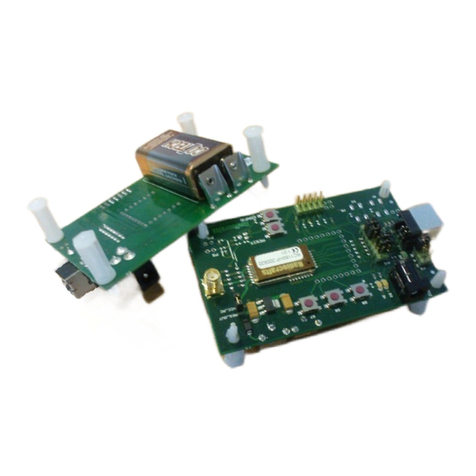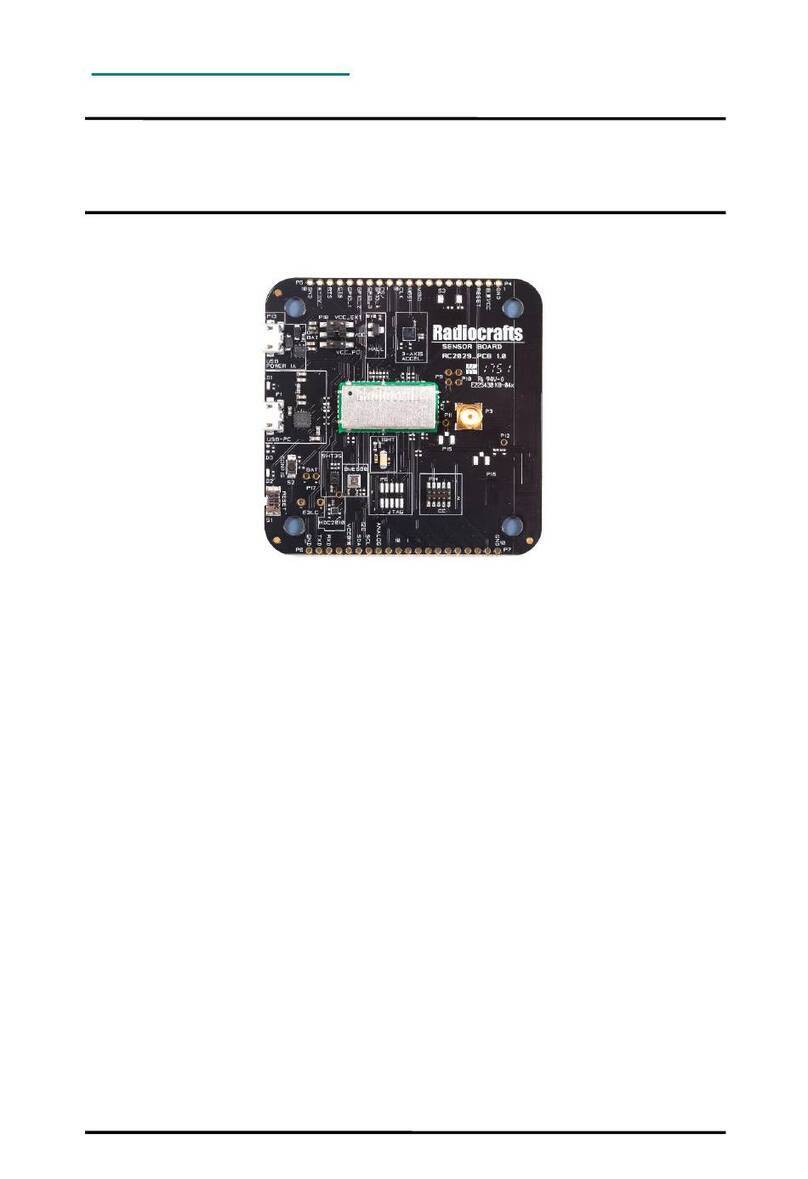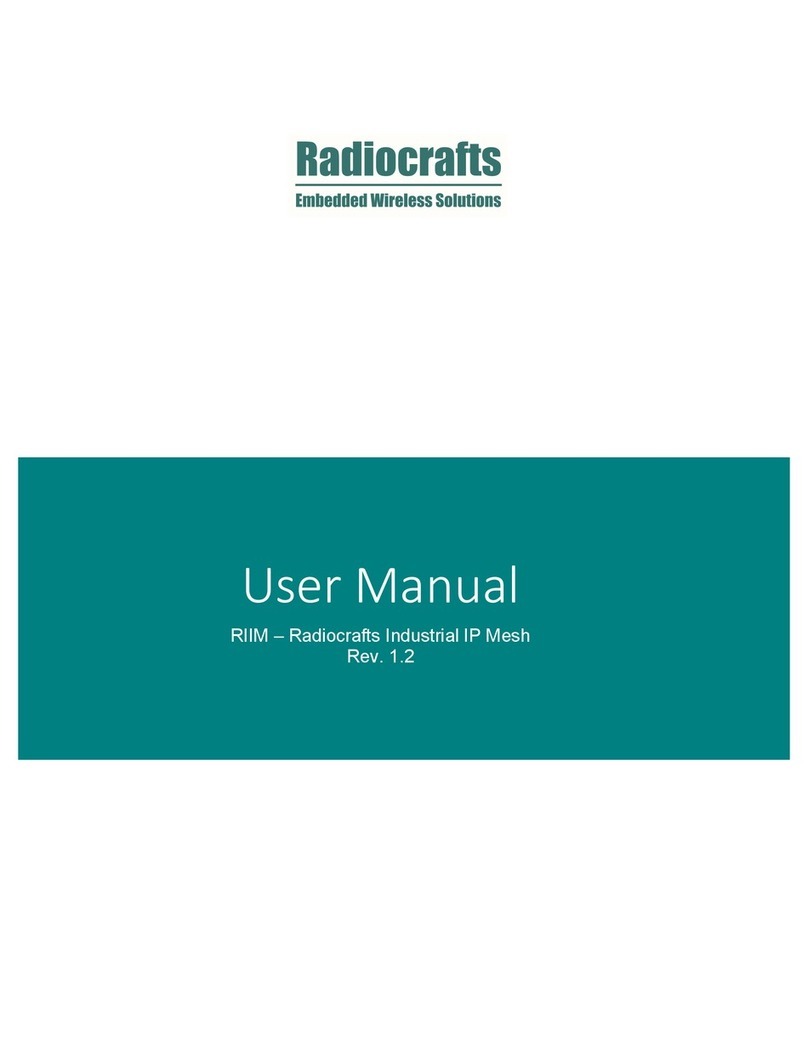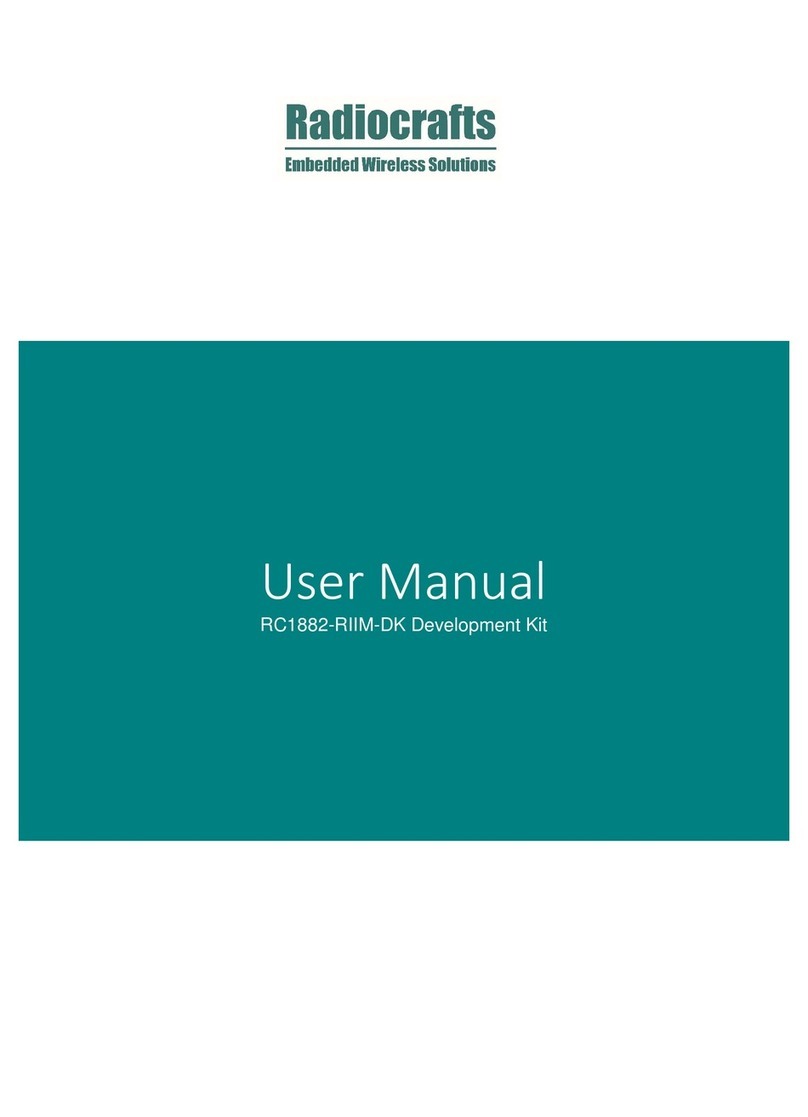RIIoT Development Kit
Table of contents
RIIOT DEVELOPMENT KIT.................................................................................................................................2
TABLE OF CONTENTS........................................................................................................................................2
RIIOT NETWORK.................................................................................................................................................3
DEVELOPMENT KIT INTRODUCTION ...............................................................................................................4
QUICK START......................................................................................................................................................5
FURTHER DEVELOPMENT ................................................................................................................................5
DEVELOPMENT BOARD INTRODUCTION........................................................................................................6
Block Diagram ...................................................................................................................................................7
I/O connection....................................................................................................................................................8
SENSOR BOARD INTRODUCTION....................................................................................................................9
Block Diagram Sensor Board ..........................................................................................................................10
Powering the Sensor Board.............................................................................................................................11
Controlling and Configuring Sensor Board......................................................................................................11
I/O Connection.................................................................................................................................................12
I/O Silkscreen ..................................................................................................................................................13
SHT35 Temperature and Humidity Sensor .....................................................................................................14
HDC2010 Low Power Temperature and Humidity Sensor..............................................................................14
BME680 Environmental sensor.......................................................................................................................14
ALS-PT-315C, Analogue Light Sensor............................................................................................................14
SL353LT Hall Detector ....................................................................................................................................15
LIS3DE Accelerometer....................................................................................................................................15
Blue LED..........................................................................................................................................................15
Prototyping with the Sensor Board..................................................................................................................16
Sensor Board PCB and Assembly Layout.......................................................................................................17
Sensor Board Circuit Diagram.........................................................................................................................17
Sensor Board Bill of Materials .........................................................................................................................20
REFERENCES ...................................................................................................................................................22
DOCUMENT REVISION HISTORY....................................................................................................................22
DISCLAIMER......................................................................................................................................................22
TRADEMARKS...................................................................................................................................................22
LIFE SUPPORT POLICY....................................................................................................................................22
CONTACT INFORMATION................................................................................................................................22






























